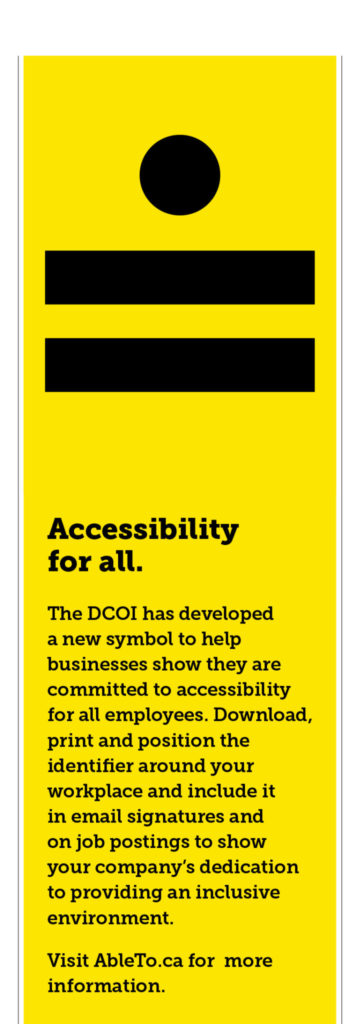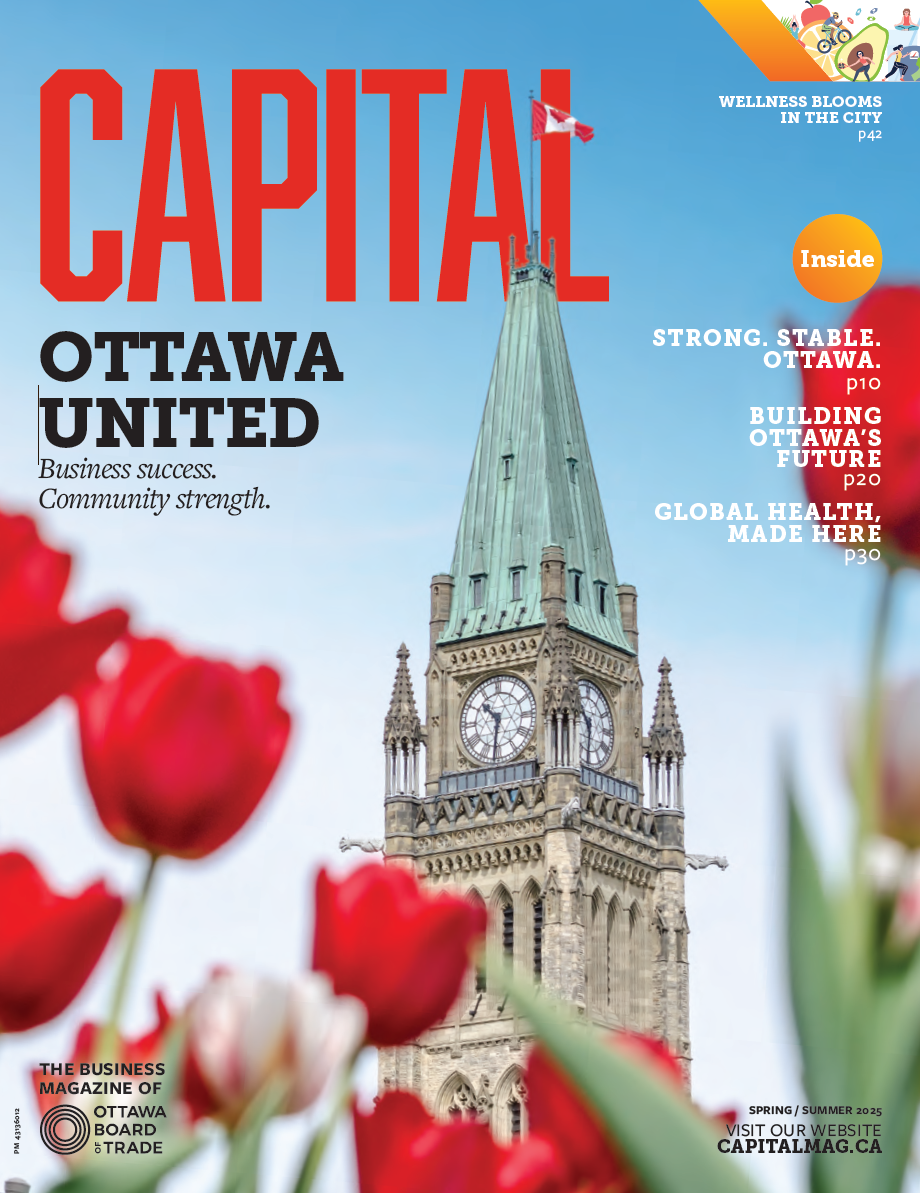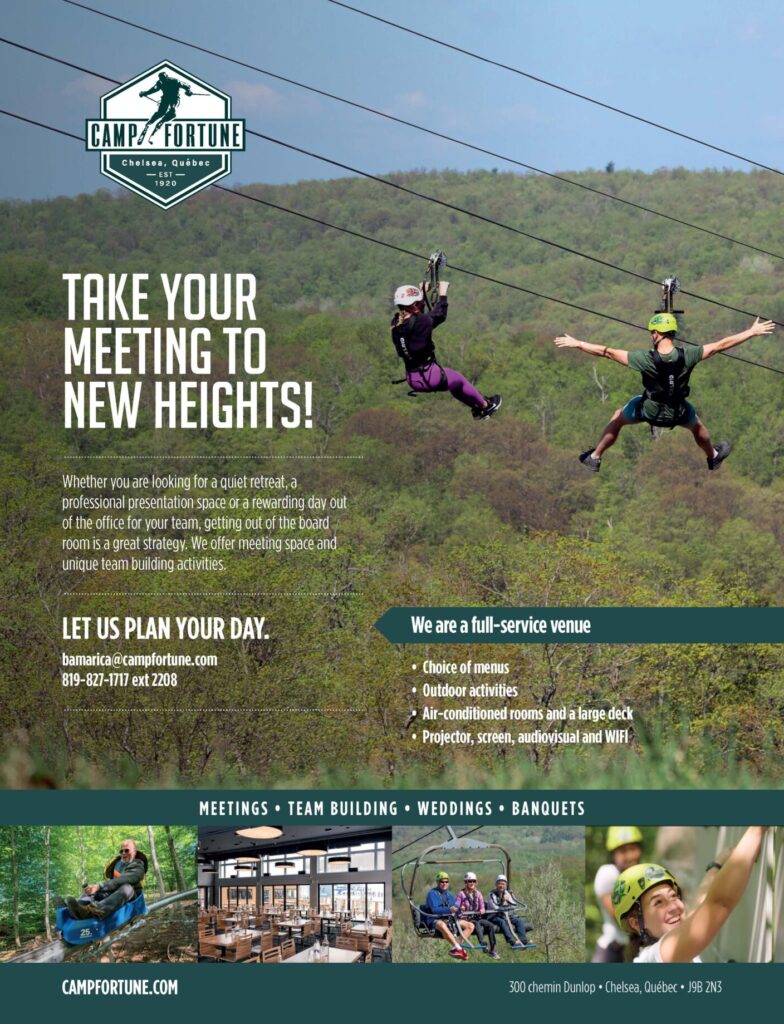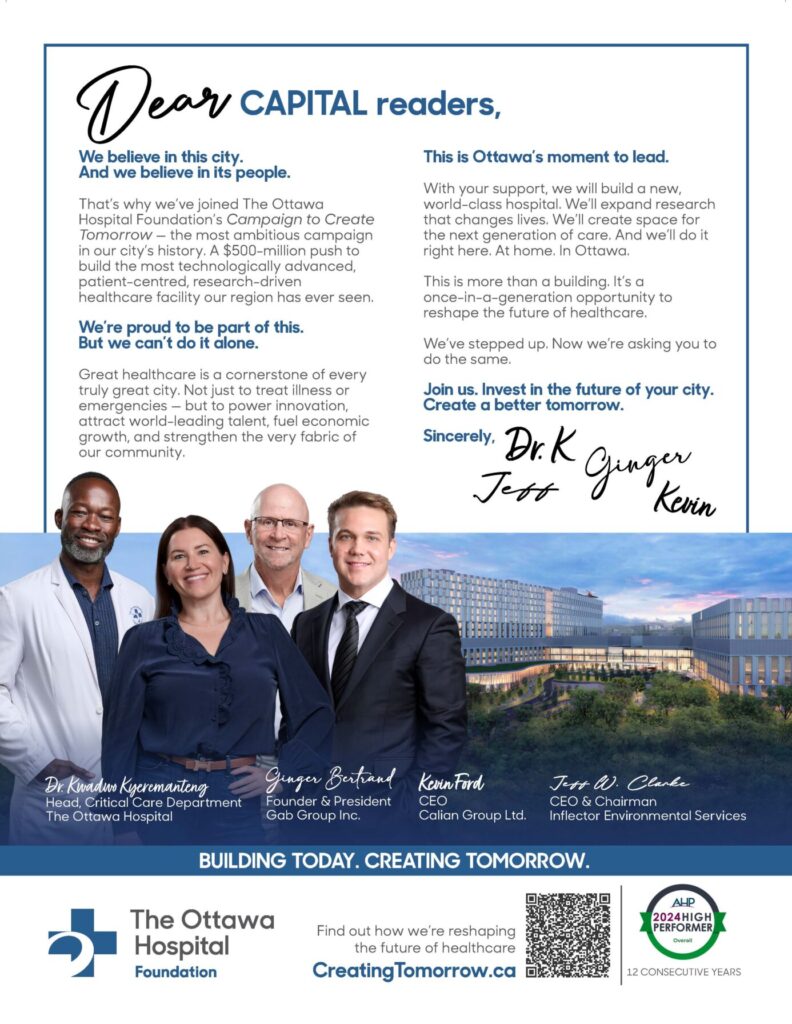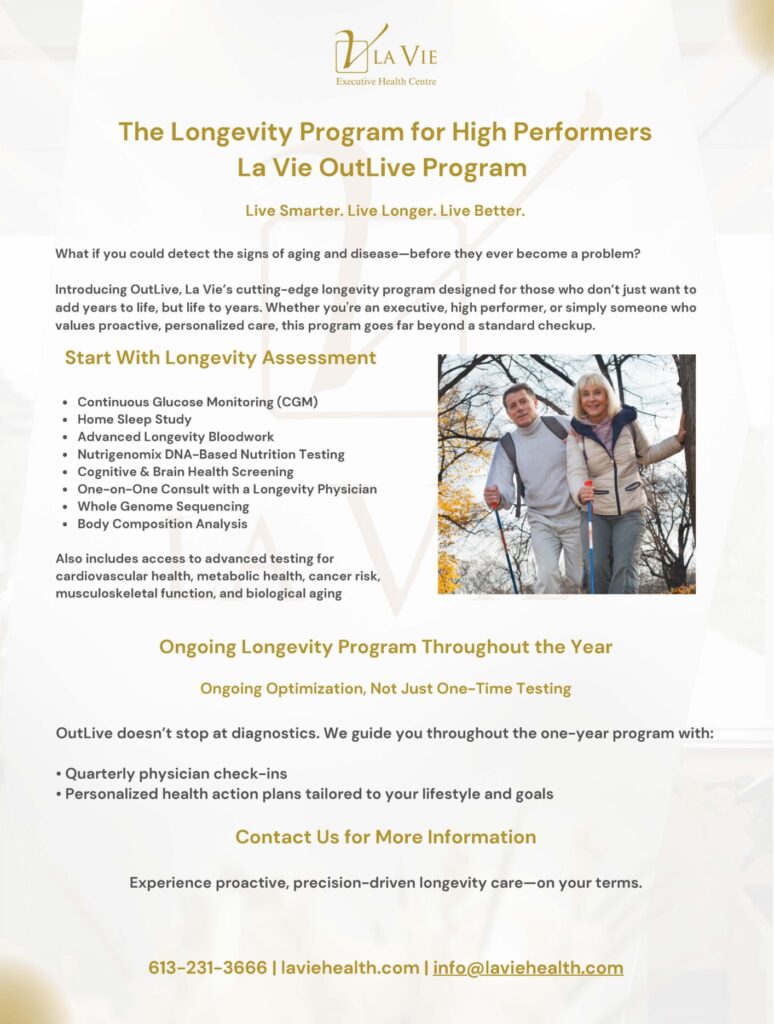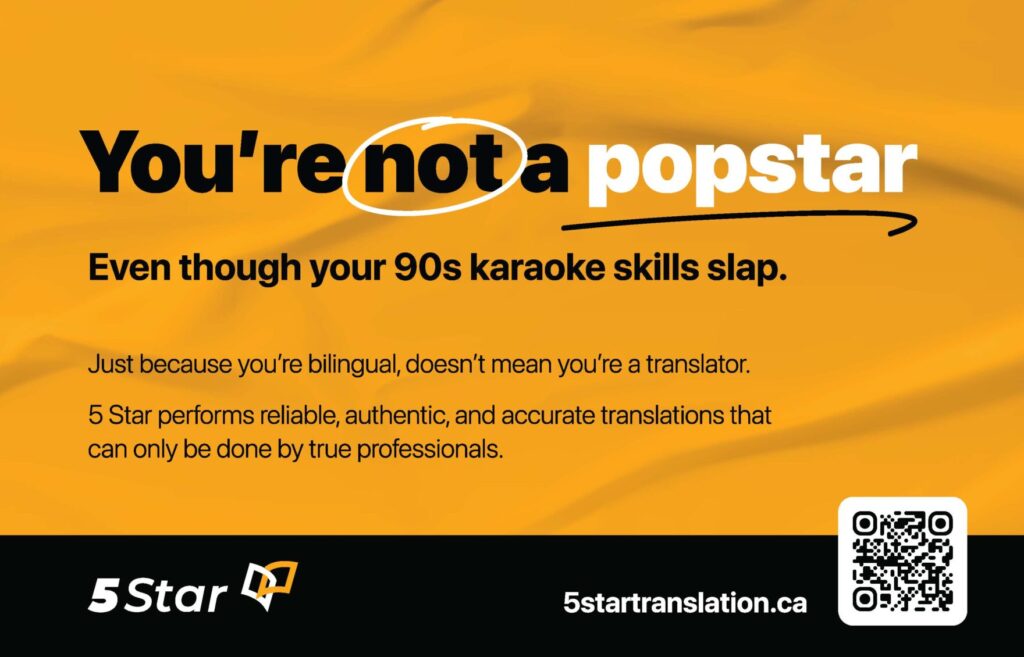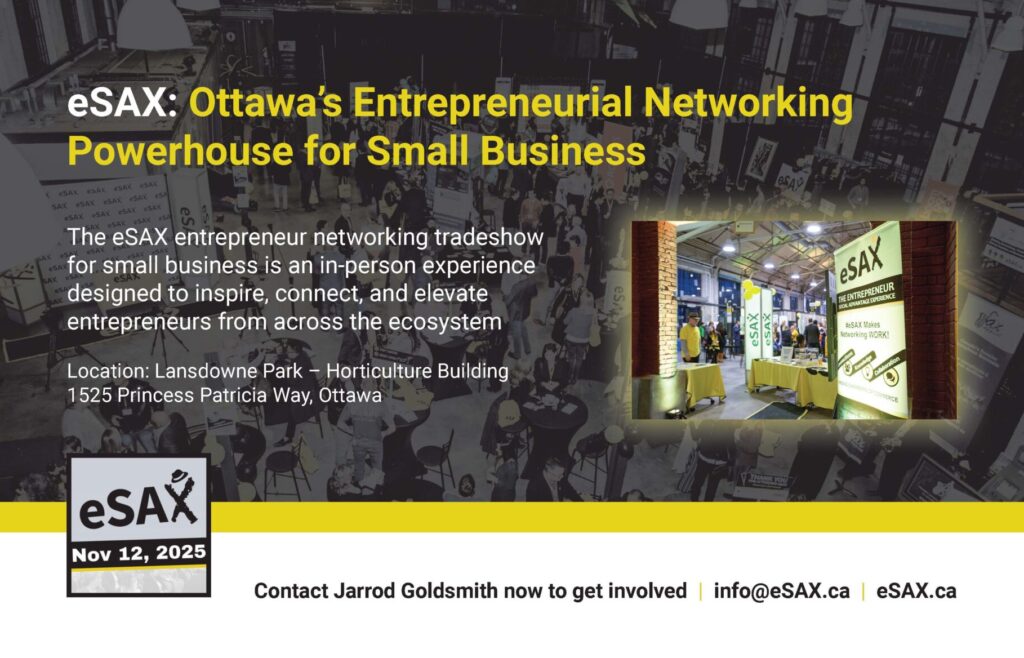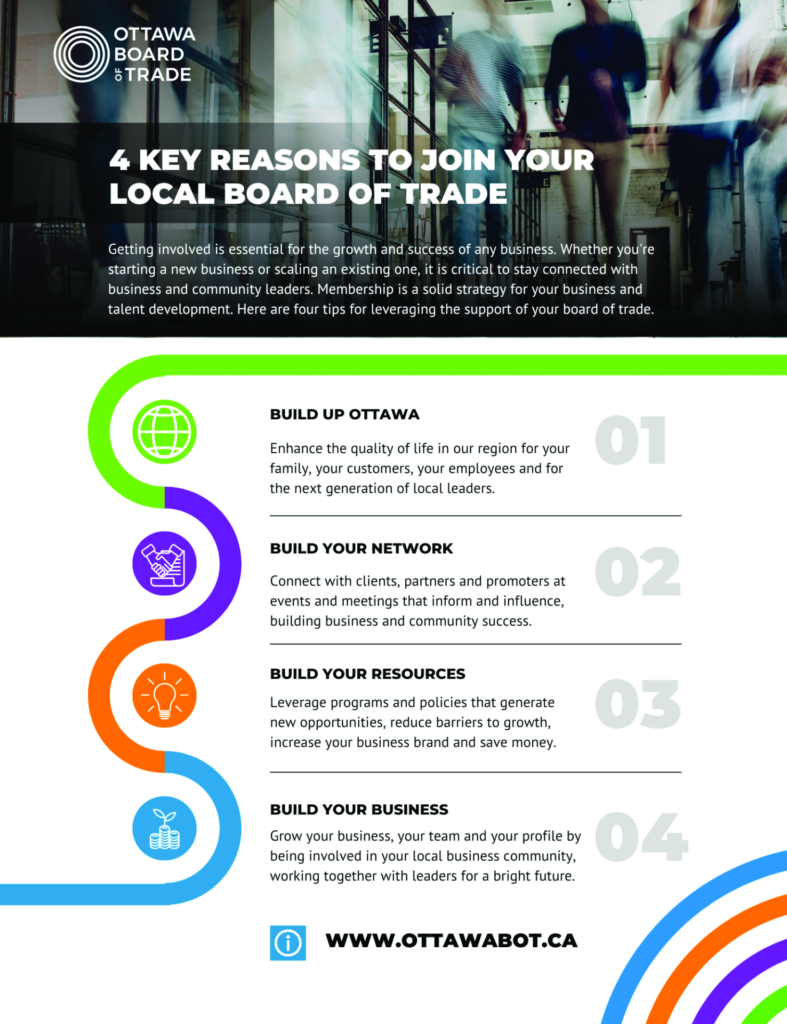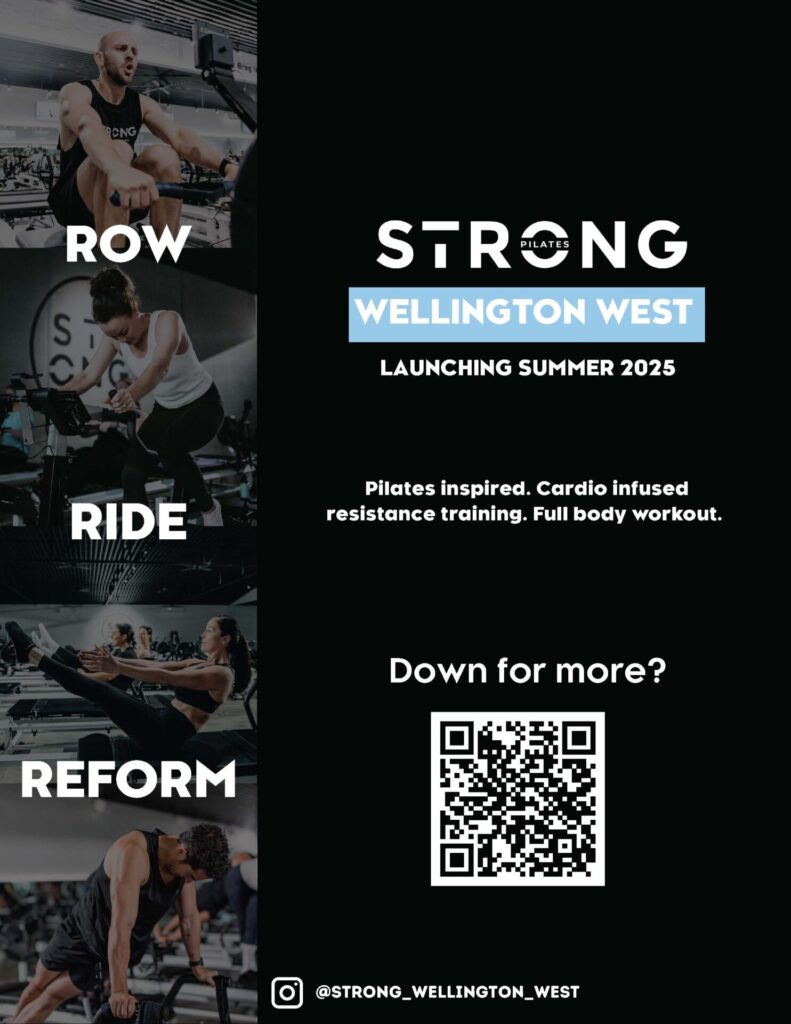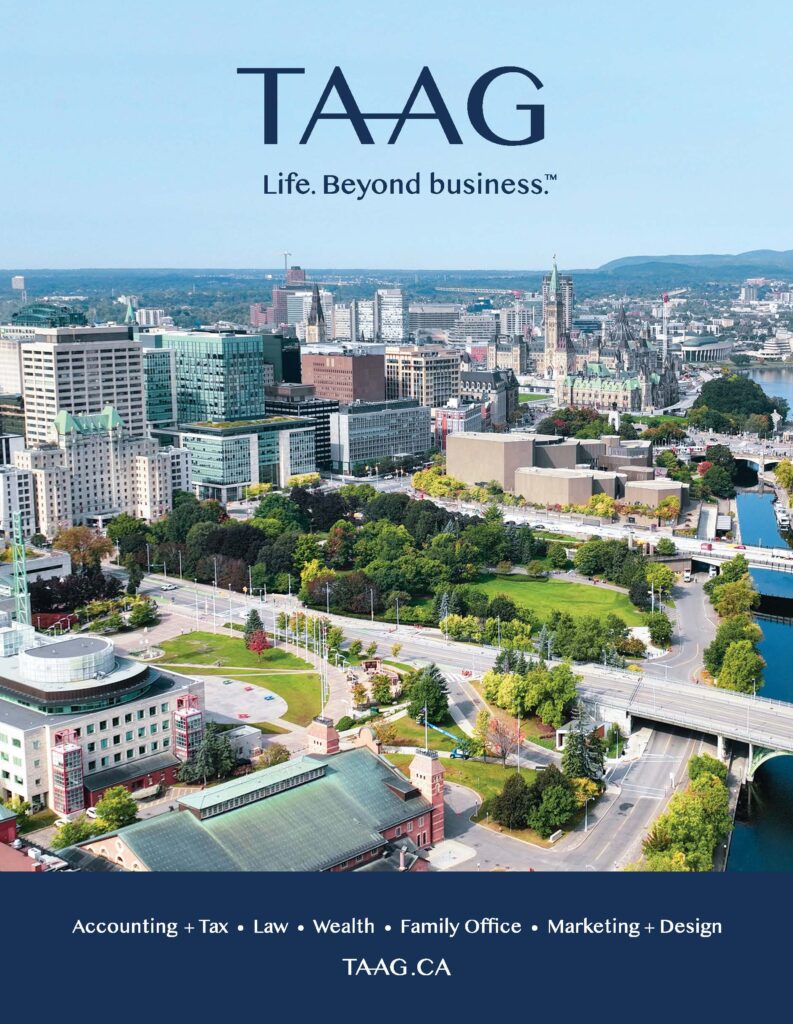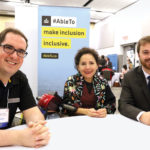Creating an Inclusive Campus Recruitment Strategy
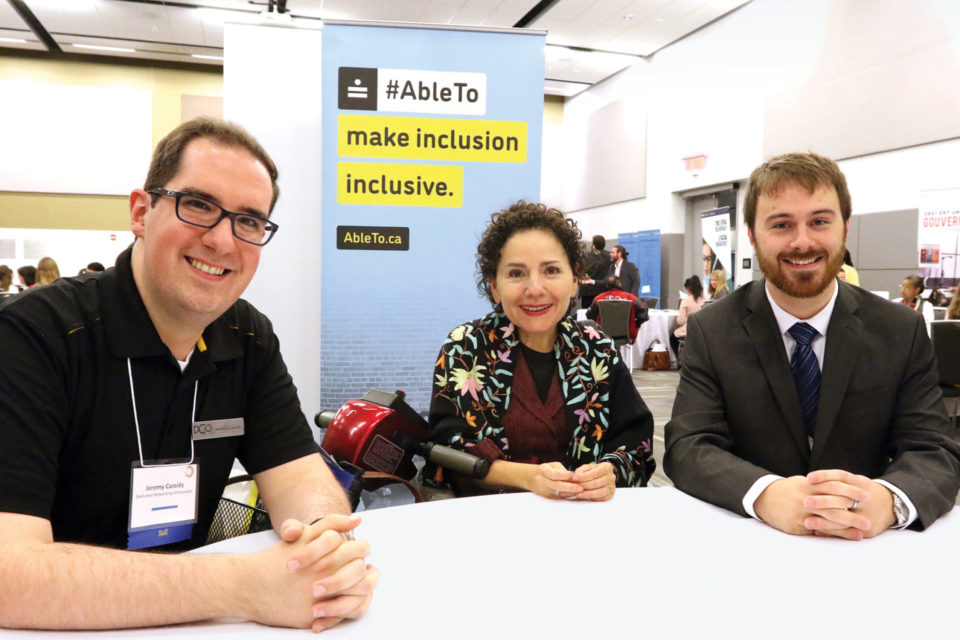
Deputy Minister, Public Service Accessibility, Yazmine Laroche visits the DCOI’s October 2019 “Careers in Government” event.
When we think about people with disabilities, a person in a wheelchair or someone with a white cane or hearing aids might come to mind. But, disabilities are far more prevalent than we think—they’re just not as visible as those described above. One in five Canadians older than 15 have one or more disabilities, according to a 2017 Statistics Canada report.
Non-visible disabilities include mental health and memory or learning challenges such as dyslexia. They can even be related to chronic pain through such conditions as fibromyalgia, Crohn’s disease or arthritis.
A shortage of talent in the Ottawa area should prompt businesses to tap into the talent pool that includes people with disabilities. Rethinking traditional recruitment practices could ensure you’re reaching what are often considered untapped pools of talent.
“One of these untapped pools of talent includes post-secondary students with disabilities,” says Julie Caldwell, assistant director of program operations at the David C. Onley Initiative.
The David C. Onley Initiative for Employment and Enterprise Development, a two-year project between Carleton University, Algonquin College, University of Ottawa and La Cité Collegiale, aims to reduce the employment gap for post-secondary students and graduates with disabilities. “These are students with undergraduate and graduate degrees, diplomas and certificates who have also had the opportunity to develop work-integrated learning experiences through co-op, apprenticeships, internships and other leadership opportunities, and who are ready to embark upon a meaningful career path,” says Caldwell.
An inclusive and well-defined post-secondary recruitment strategy can contribute to a company’s growth, help expand its brand, and even help its bottom line. And to simplify the process, post-secondary institutions have created employment pathways that help businesses access students and graduates and start building a more inclusive workforce.
Identify skills, previous experiences and academic knowledge required to be successful in the role in question. Consult your diversity team, or an expert, to ensure you’re creating an inclusive work environment to support the needs of all employees.
2. Write a clear position description
Be sure the description doesn’t include tasks that could exclude someone, such as indicating a need for physical demands such as lifting boxes that may not be essential for the role. This could limit your talent pool. In addition, include a description about the company and the work environment. Knowing whether the office is open-concept, or high traffic, for example, can help candidates decide if it might be a fit.
3. Discuss how best to mentor a student or graduate in the role
Identify a mentor and be prepared to talk about the students’ accommodation needs at work. Ask about their learning style and if there are resources the company can provide to support their success.
4. Identify three to five post-secondary institutions
Do your research. Identify institutions that offer academic programs that address your company’s needs as well as provide opportunities for work-integrated learning for students while in programs.
5. Identify employment pathways that meet your business needs
Work with campus career offices to identify which employment pathway is right for you. While co-op is most widely used, there are other options.
Check out cewilcanada.ca to learn more about work-integrated learning opportunities in line with your company’s needs.
For more, check out AbleTo.ca or contact Julie Caldwell at info@onleyinitiative.ca or see Twitter @AbleToOttawa.
linkedin.com/company/david-c-onley-initiative
